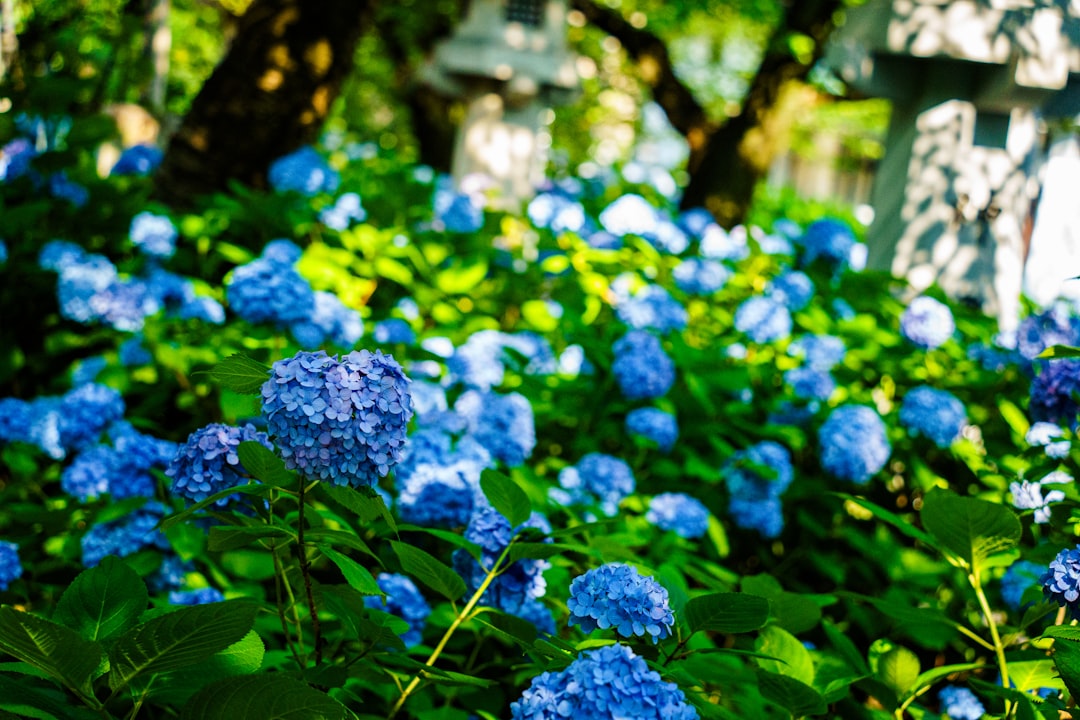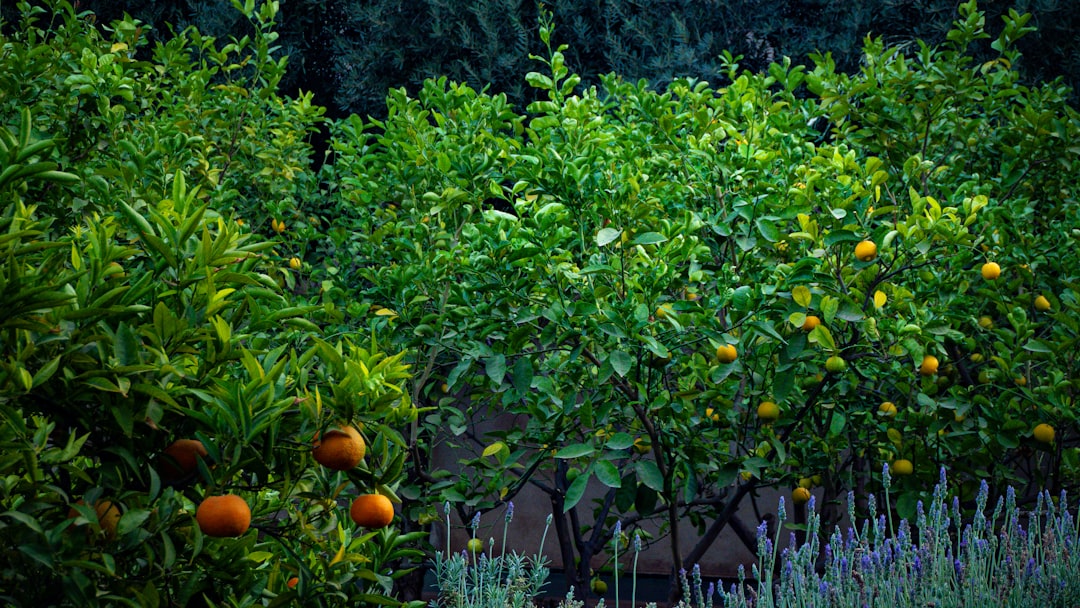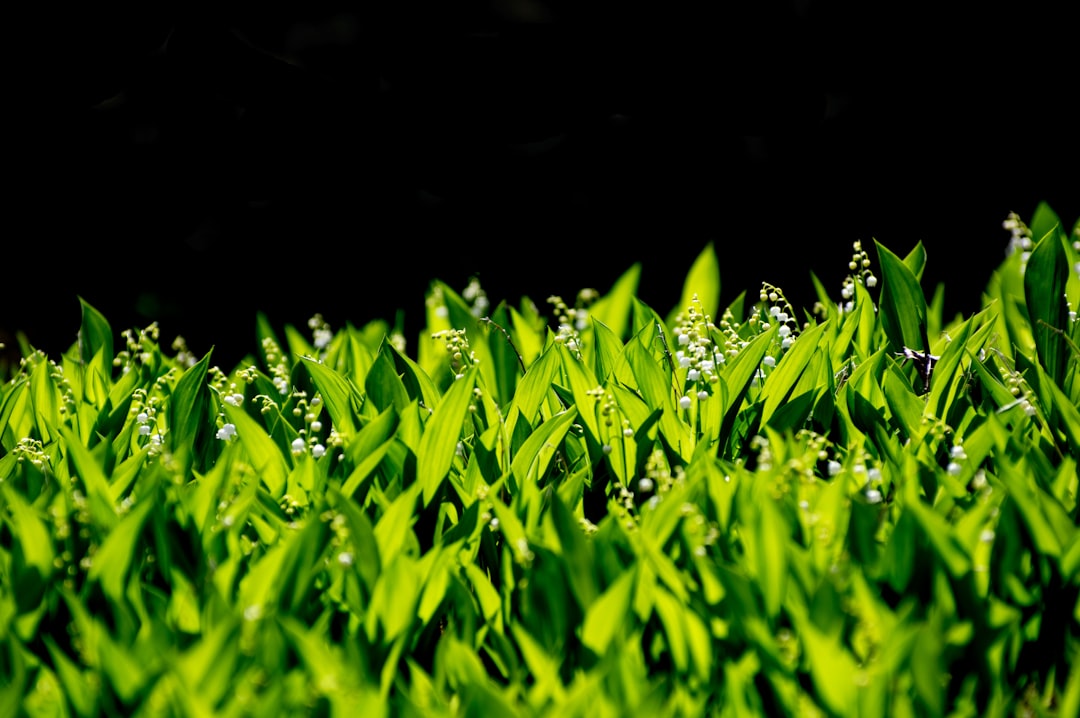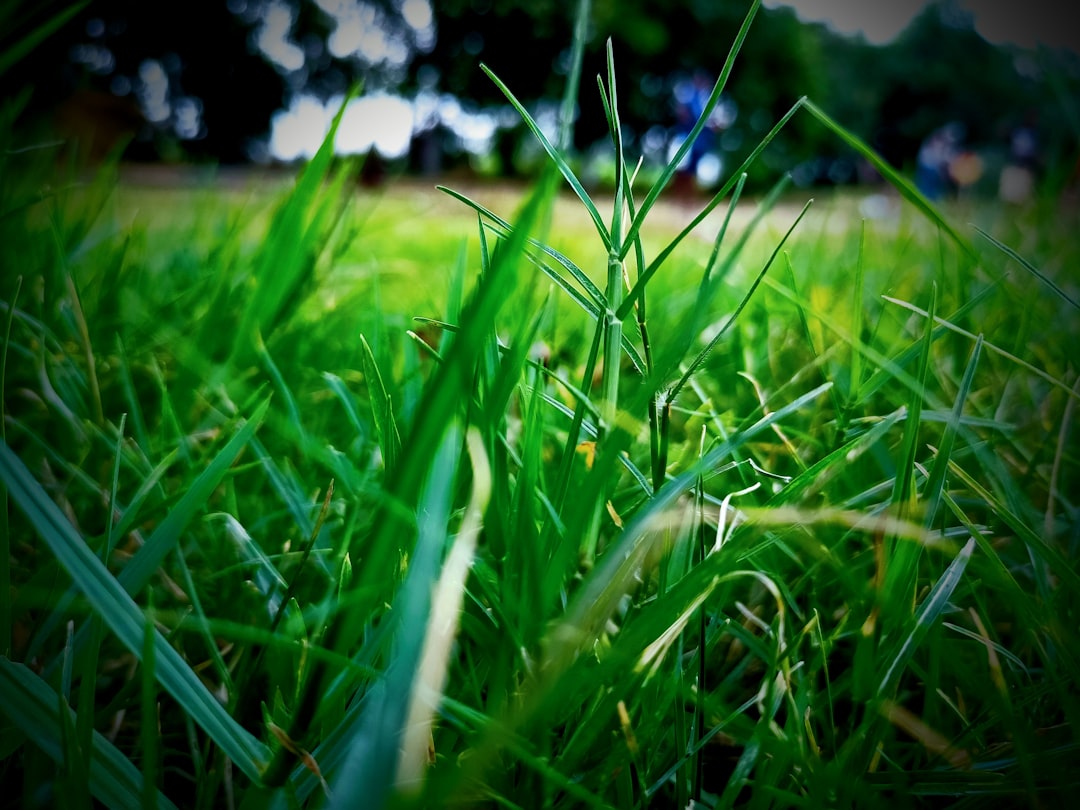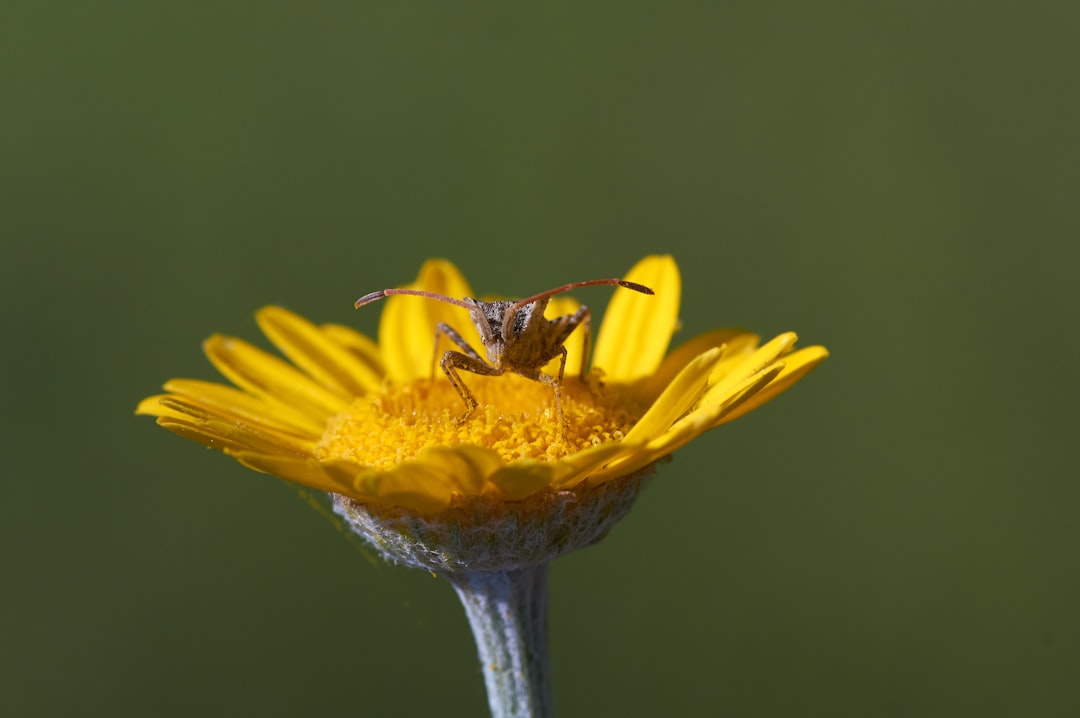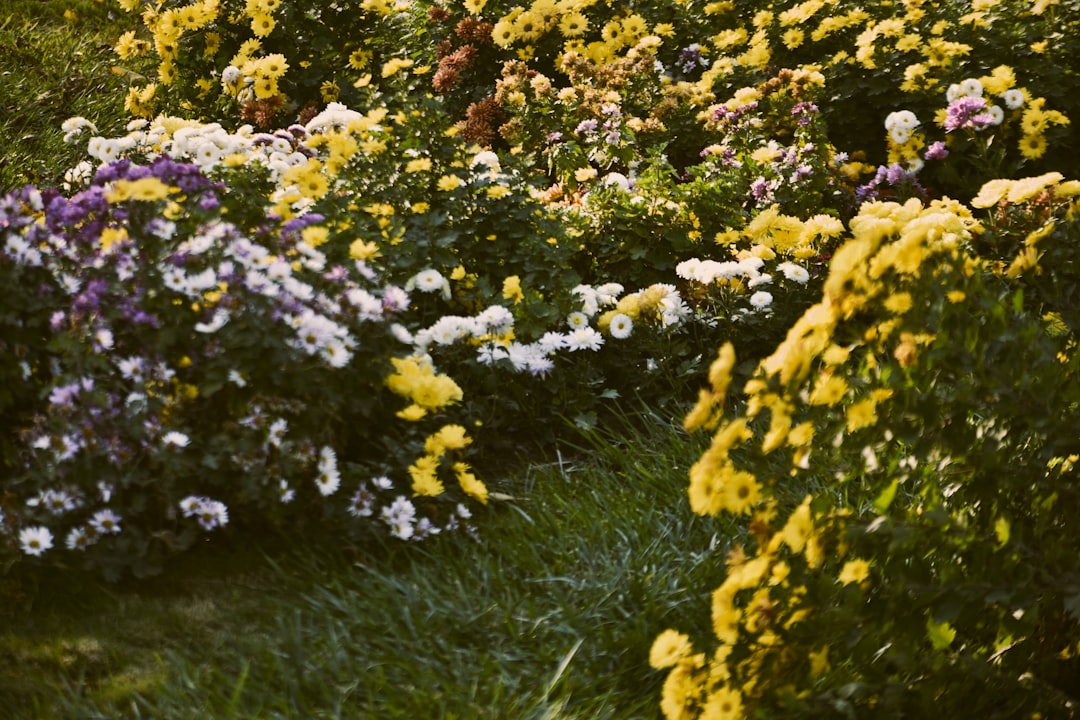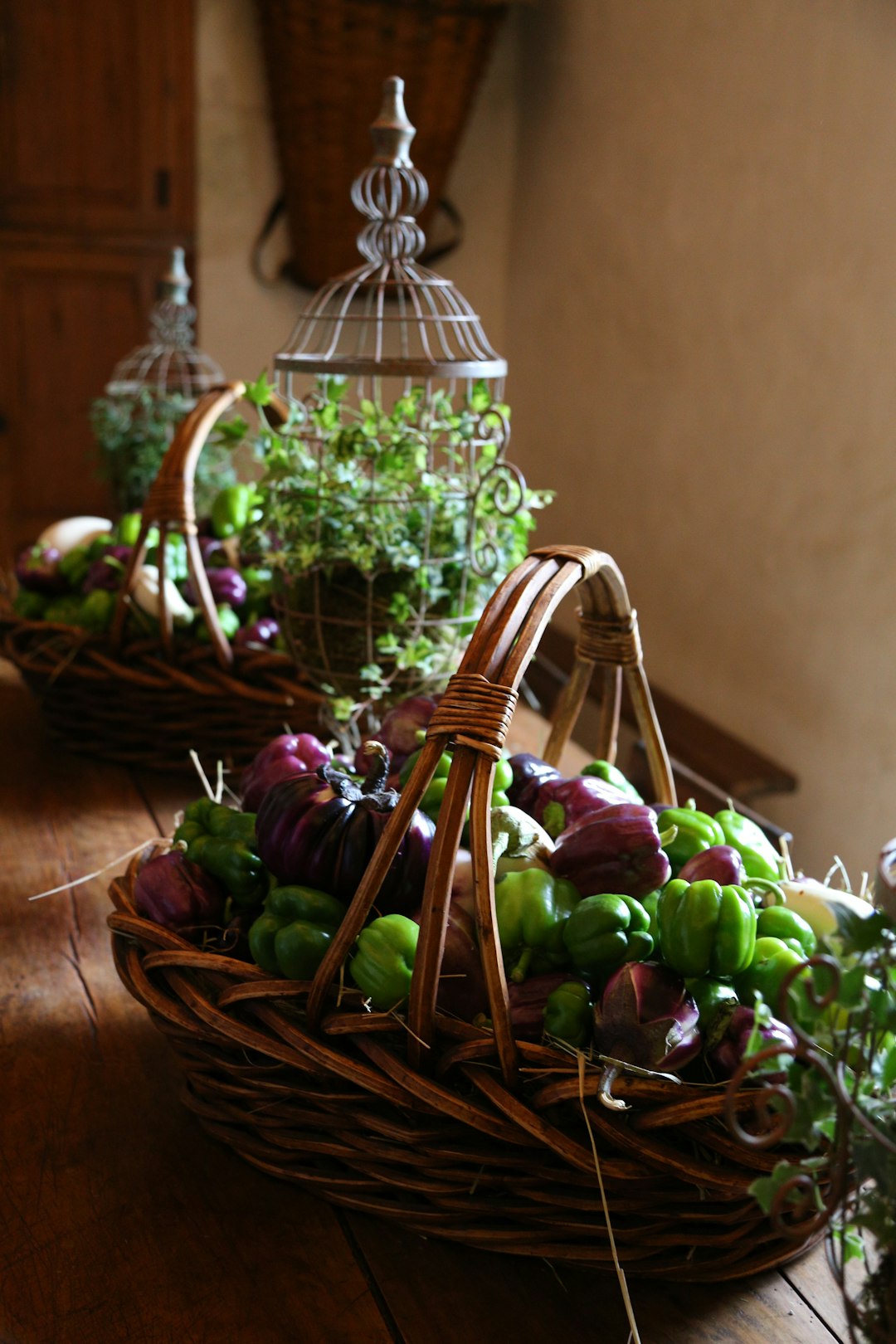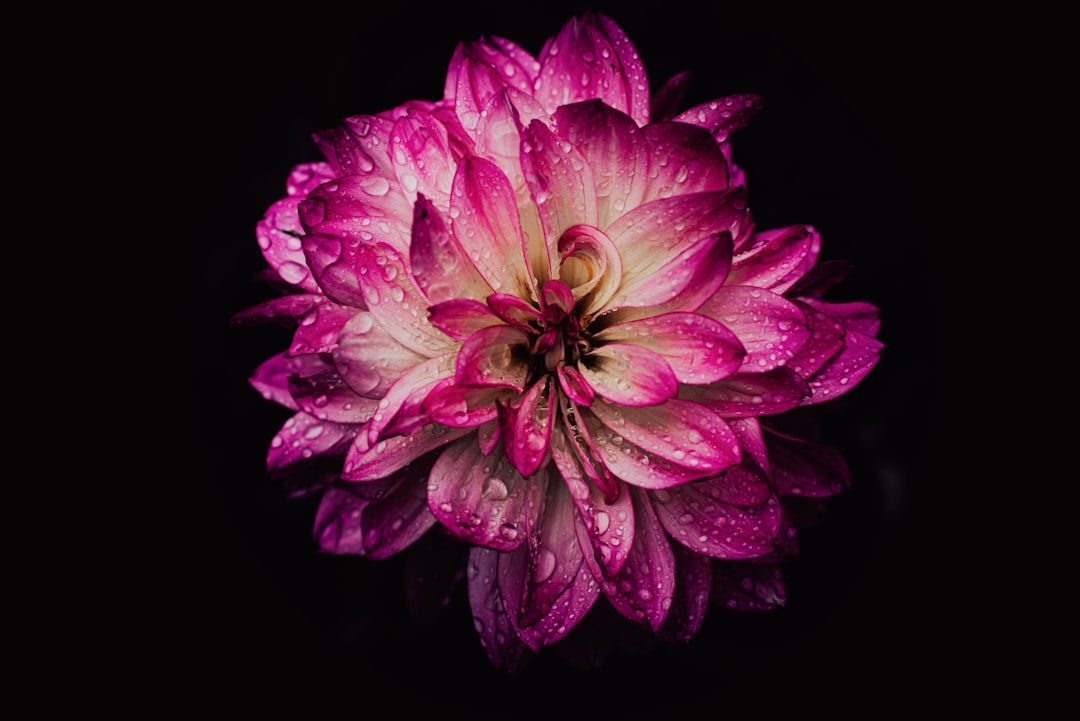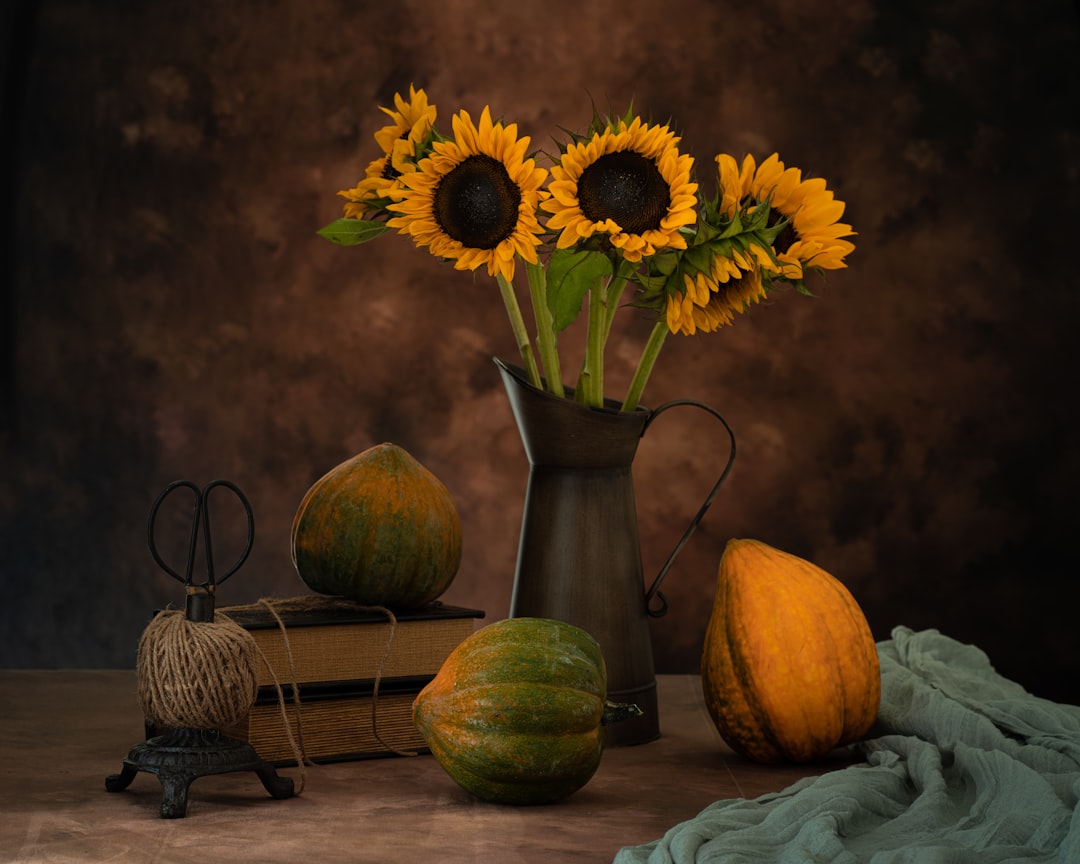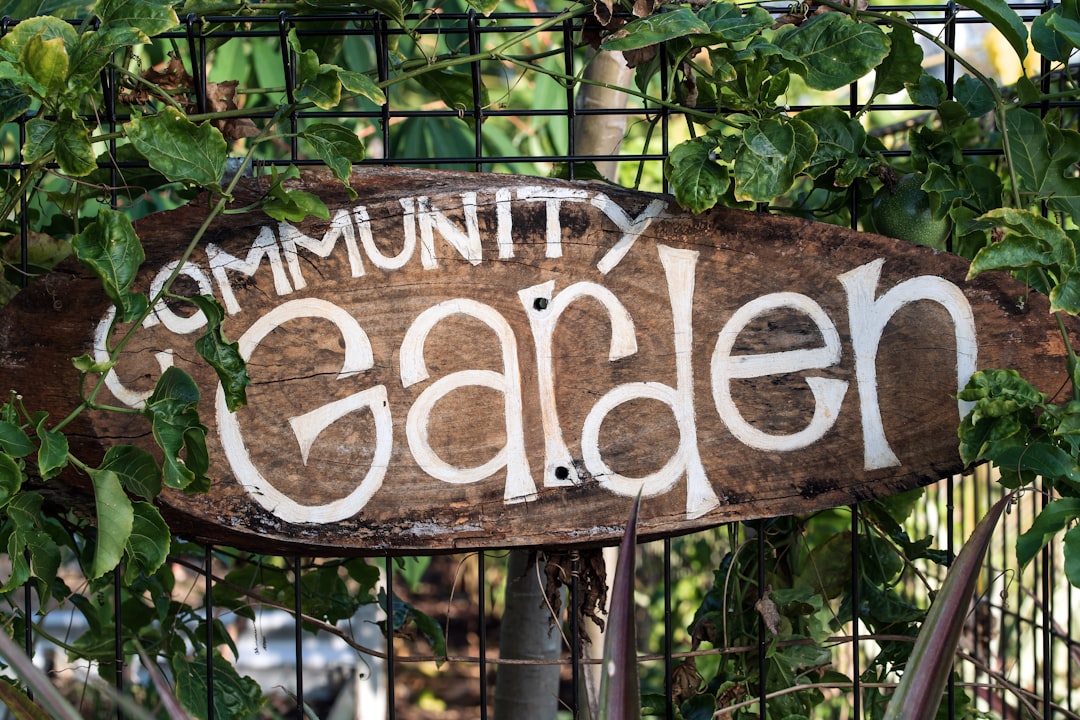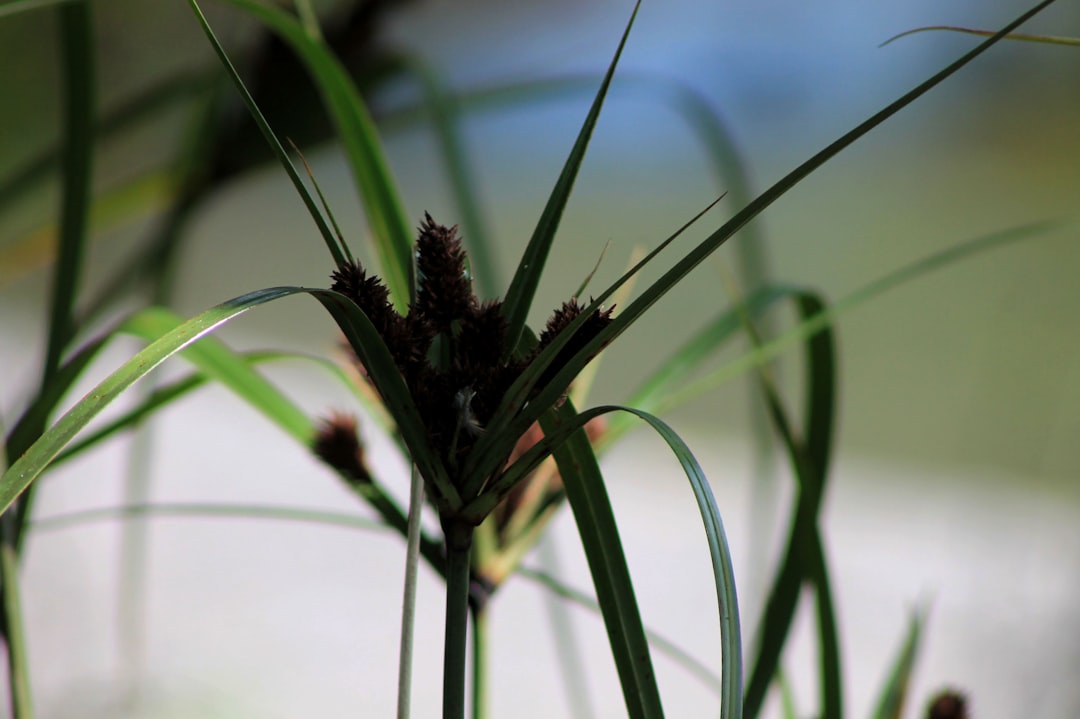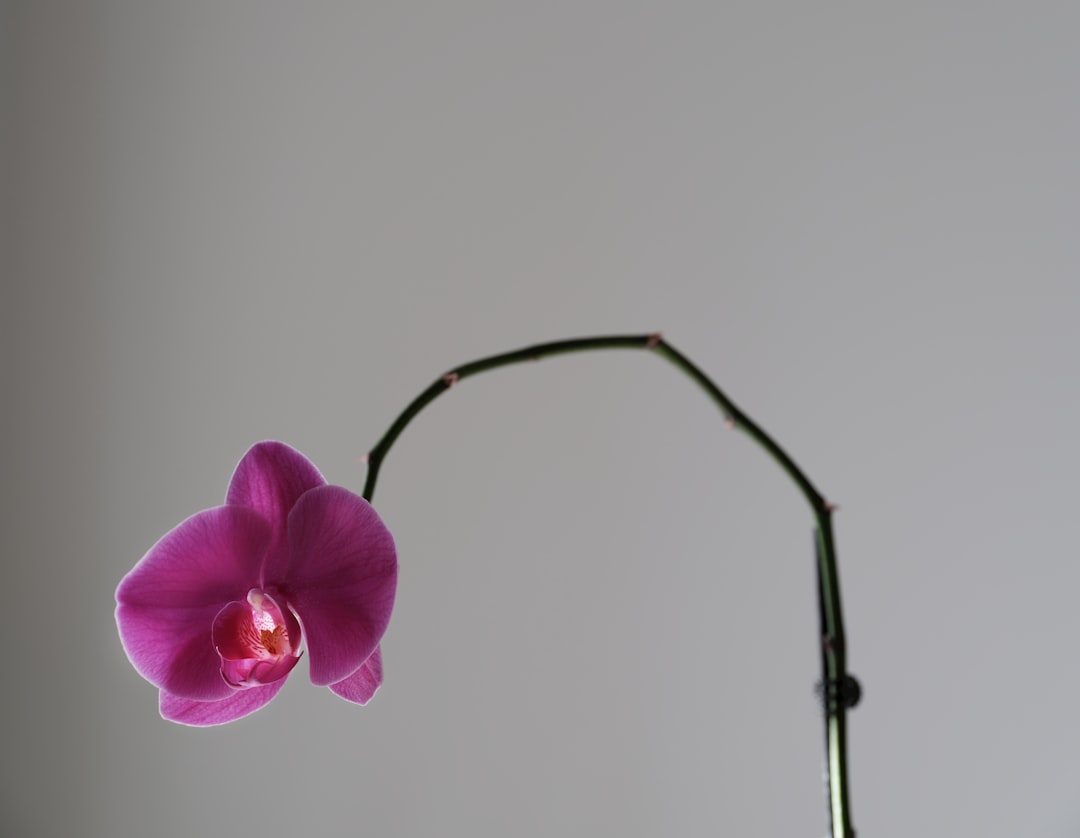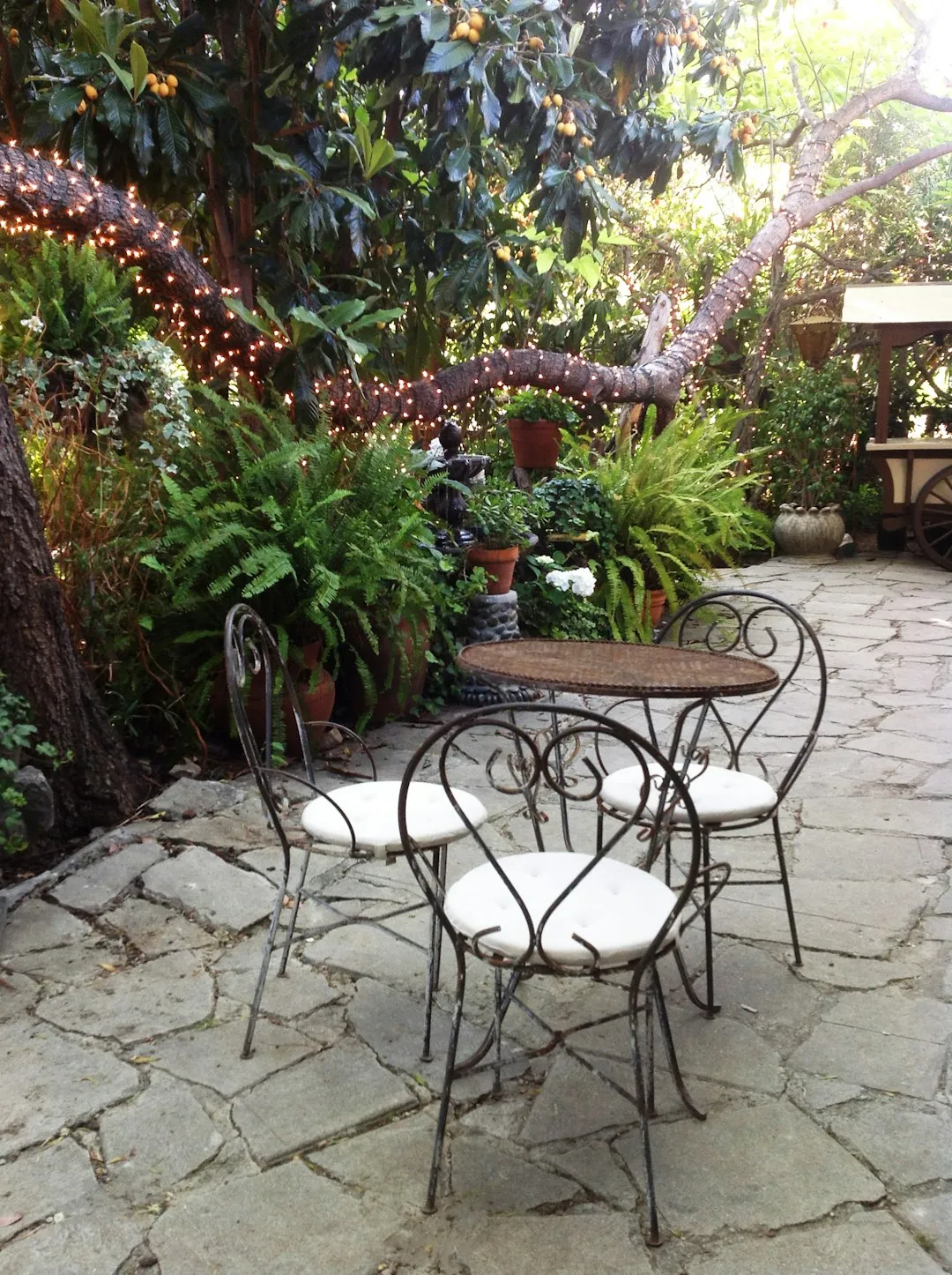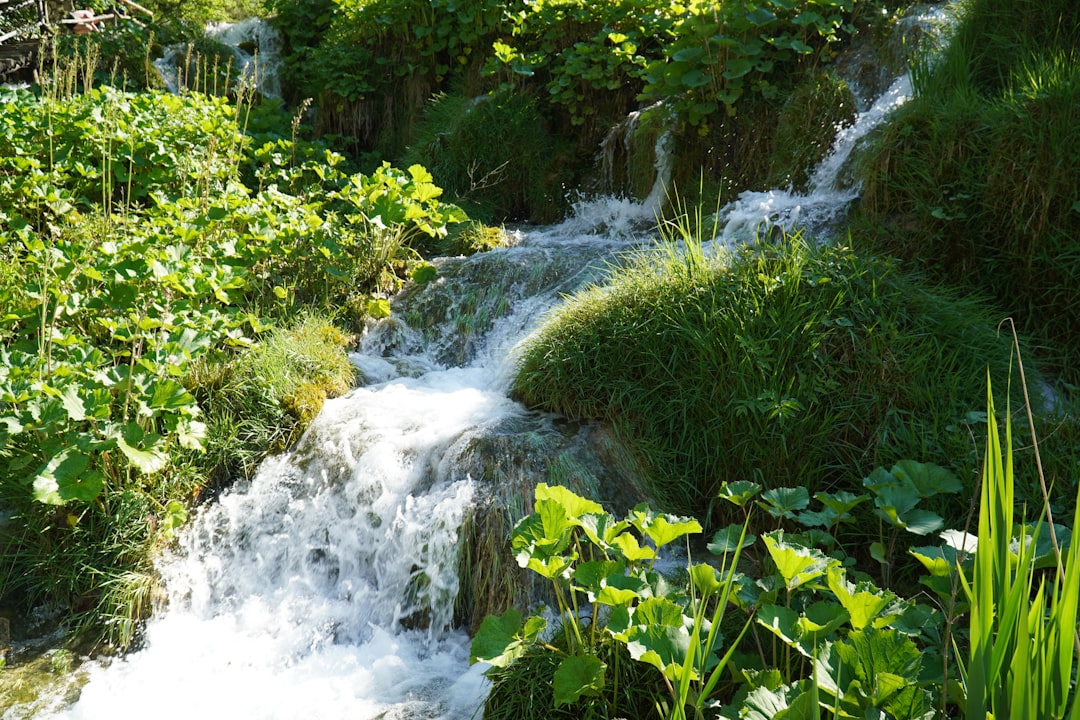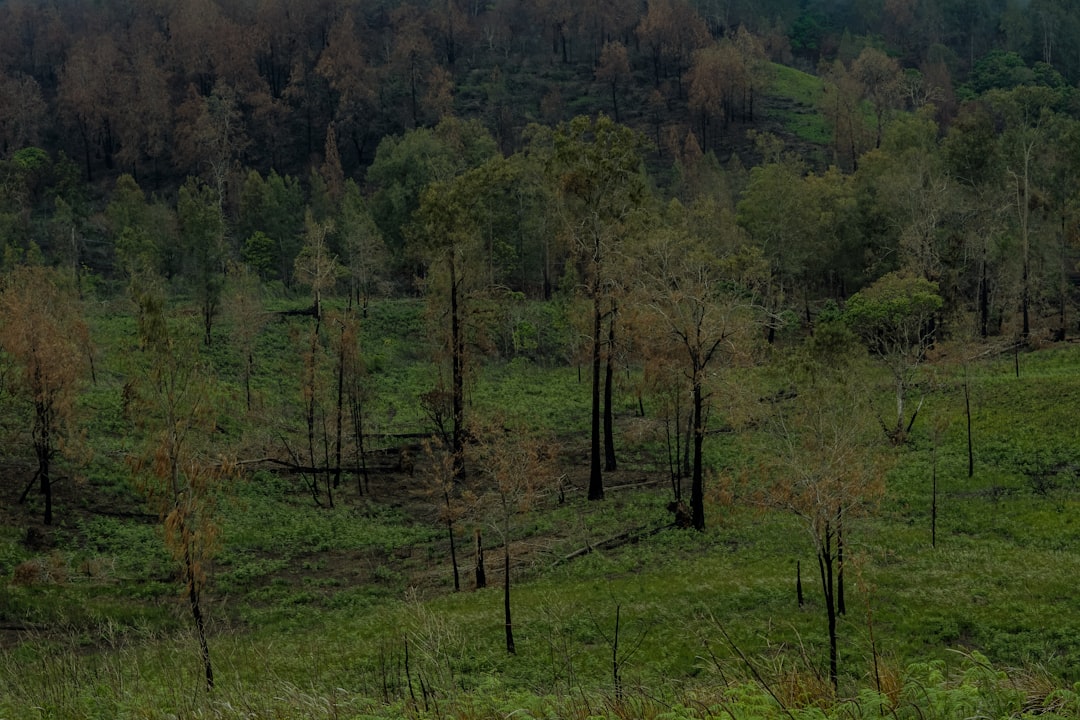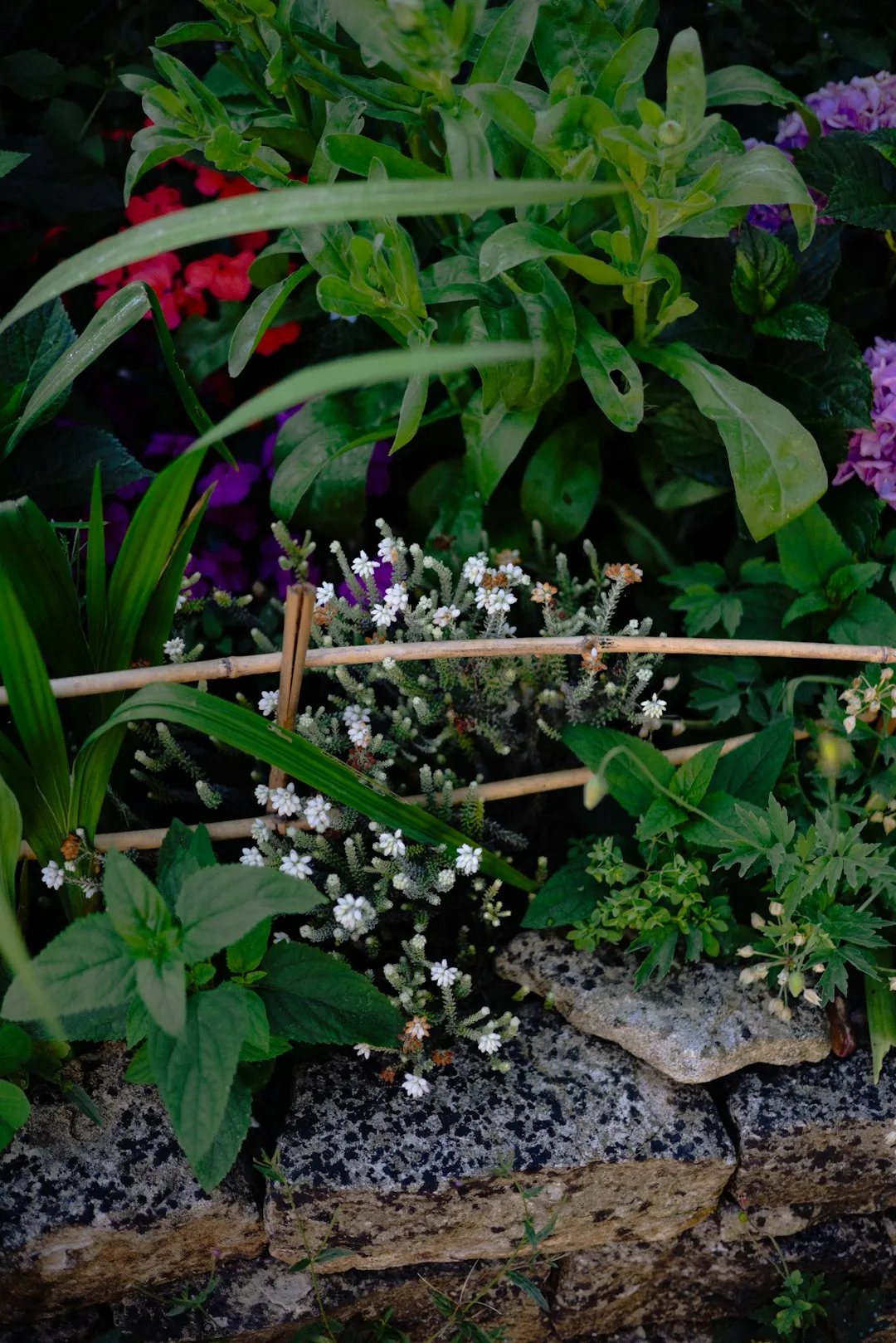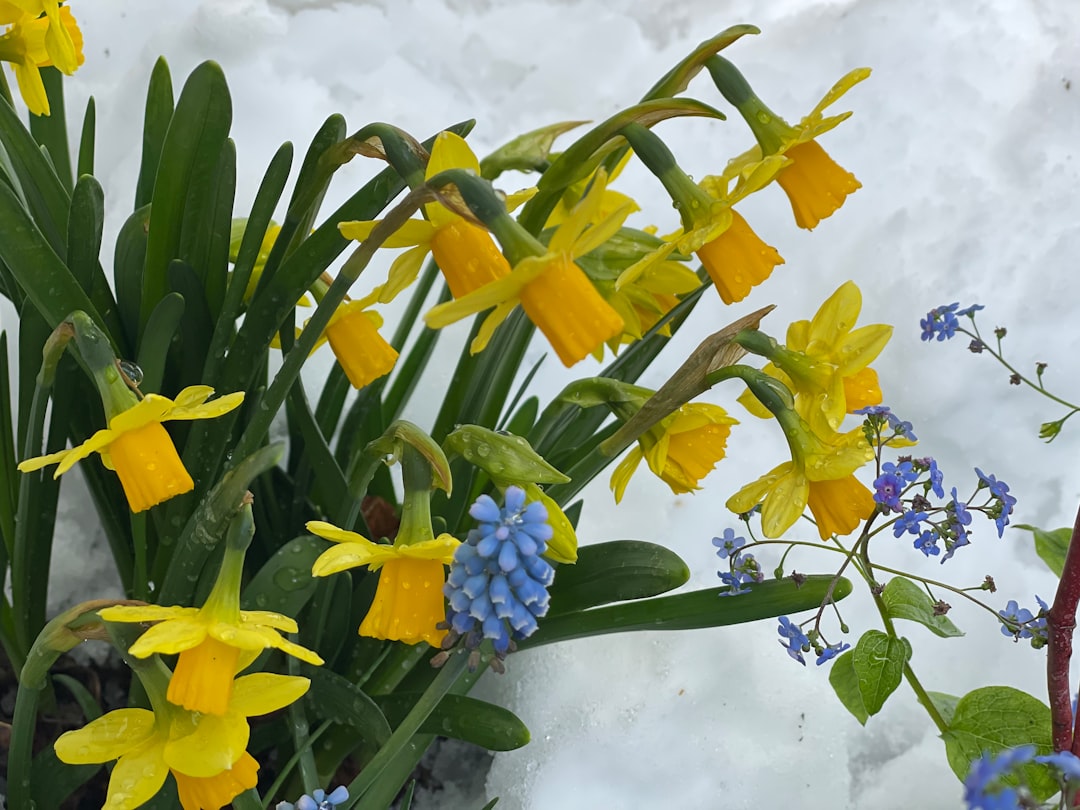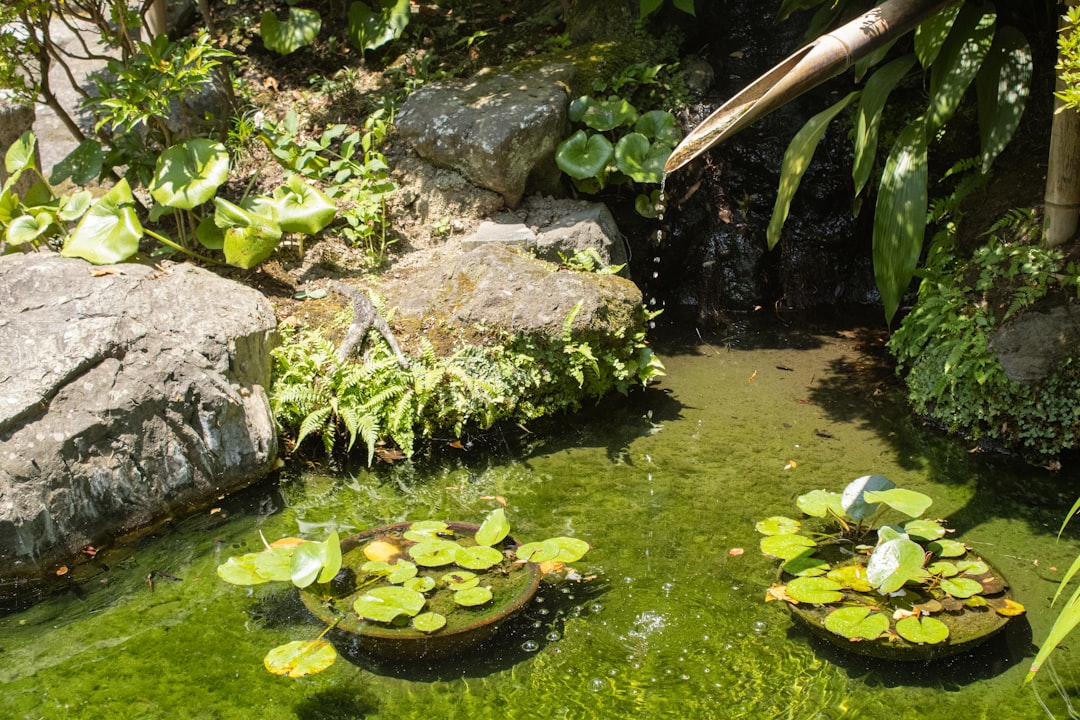
Saffron, often hailed as the “red gold” of the spice world, is a culinary treasure that has captivated palates and cultures for centuries. Derived from the delicate stigmas of the Crocus sativus flower, this vibrant spice is not only renowned for its rich flavor and aroma but also for its numerous health benefits. However, saffron's high price tag can often deter home cooks and gardening enthusiasts from incorporating it into their lives. The good news is that with a little knowledge and patience, you can grow your own saffron right in your backyard, allowing you to enjoy the luxury of this precious spice at a fraction of the cost.
### The Allure of Saffron
Before delving into the intricacies of saffron cultivation, it's essential to understand what makes this spice so special. Saffron has a long and storied history, dating back thousands of years to ancient civilizations in the Middle East and Mediterranean. It was highly prized by the Egyptians, Greeks, and Romans, who used it for medicinal purposes, religious ceremonies, and as a symbol of wealth and status. Today, saffron remains one of the most expensive spices in the world, primarily due to the labor-intensive process of harvesting its delicate stigmas. Each saffron crocus flower produces only three stigmas, and it takes approximately 75,000 flowers to yield just one pound of saffron. This scarcity, combined with its unique flavor and aroma, makes saffron a highly sought-after ingredient in the culinary world.
### Choosing the Right Location
One of the first steps in growing saffron is selecting the right location for your crocus bulbs. Saffron crocuses thrive in full sun and well-drained soil, making them an ideal choice for gardens in Mediterranean climates. However, they can also be grown in other regions with a little extra care. When choosing a location, look for an area that receives at least six hours of direct sunlight per day and has soil that is rich in organic matter. Avoid planting saffron crocuses in areas that are prone to flooding or have heavy clay soil, as this can cause the bulbs to rot.
### Planting Saffron Bulbs
Once you've selected the perfect location for your saffron crocuses, it's time to plant the bulbs. Saffron bulbs should be planted in the late summer or early fall, ideally six to eight weeks before the first frost. To plant the bulbs, dig a hole that is approximately three inches deep and four inches wide. Place the bulb in the hole with the pointed end facing up and cover it with soil. Space the bulbs about four inches apart to allow for proper growth and airflow. After planting, water the bulbs thoroughly to help them settle into the soil.
### Caring for Saffron Crocuses
Once your saffron crocuses are planted, it's important to provide them with the proper care to ensure a successful harvest. Saffron crocuses are relatively low-maintenance plants, but they do require some attention throughout the growing season. Here are some tips for caring for your saffron crocuses:
- Watering: Saffron crocuses prefer well-drained soil, so it's important not to overwater them. Water the bulbs deeply once a week during the growing season, and reduce watering in the fall and winter when the plants are dormant.
- Fertilizing: Saffron crocuses do not require a lot of fertilizer, but a light application of a balanced fertilizer in the spring can help promote healthy growth. Avoid using fertilizers that are high in nitrogen, as this can cause the plants to produce more foliage than flowers.
- Weeding: Keep the area around your saffron crocuses free of weeds to prevent competition for nutrients and water. Use a hoe or hand weeder to remove weeds as soon as you see them.
- Pest and Disease Control: Saffron crocuses are generally resistant to pests and diseases, but they can be susceptible to fungal diseases if the soil is too wet. To prevent fungal diseases, make sure the soil is well-drained and avoid overhead watering. If you notice any signs of pests or diseases, such as yellowing leaves or spots on the flowers, treat the plants with an appropriate pesticide or fungicide.
### Harvesting Saffron
The most exciting part of growing saffron is harvesting the precious stigmas. Saffron crocuses typically bloom in the fall, usually in October or November. The flowers only last for a few days, so it's important to harvest the stigmas as soon as the flowers open. To harvest the stigmas, use a pair of tweezers to gently pluck them from the center of the flower. Be careful not to damage the stigmas, as they are very delicate. Once you've harvested the stigmas, spread them out on a paper towel and allow them to dry in a warm, dry place for several days. Once the stigmas are completely dry, store them in an airtight container in a cool, dark place.
### Using Your Homegrown Saffron
Now that you've successfully grown and harvested your own saffron, it's time to put it to use in the kitchen. Saffron is a versatile spice that can be used in a variety of dishes, from savory stews and soups to sweet desserts and pastries. Here are some tips for using your homegrown saffron:
- Soak the Saffron: Before using saffron in a recipe, it's a good idea to soak it in a small amount of warm water or milk for at least 15 minutes. This helps to release the flavor and aroma of the saffron and makes it easier to incorporate into the dish.
- Use a Small Amount: Saffron has a very strong flavor and aroma, so a little goes a long way. Start with a small amount of saffron and gradually increase the amount to taste.
- Pair with Complementary Flavors: Saffron pairs well with a variety of flavors, including lemon, garlic, ginger, and cinnamon. Experiment with different flavor combinations to find your favorite way to use saffron.
In conclusion, growing saffron is a rewarding and enjoyable experience that allows you to enjoy the luxury of this precious spice at a fraction of the cost. With a little knowledge and patience, you can grow your own saffron right in your backyard and add a touch of elegance and flavor to your culinary creations. So why not give it a try? Start planting your saffron bulbs today and get ready to harvest your own “red gold” in the fall.
